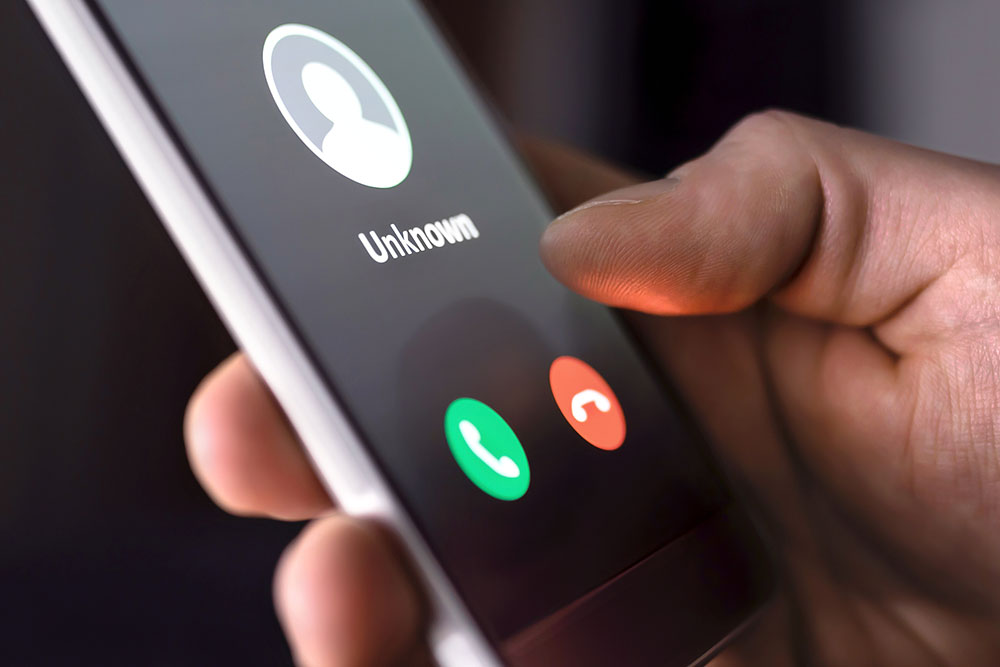How to spot a scam
Australians are being urged to learn how to spot a scam after combined losses of more than $2 billion reported last year to Scamwatch, government and the financial sector.

The Australian Competition and Consumer Commission (ACCC) said combined cost of scams this year might reach $4 billion as losses reported to Scamwatch were already significantly higher than 2021.
Scamwatch received more than 166,000 reports between January and September this year, showing a 90% increase in losses to $424.8 million over the same period last year.
“With millions of Australians more vulnerable to scams following the recent spate of large-scale data breaches, there has never been a more important time to know the tell-tale signs of a scammer,” ACCC Deputy Chair Delia Rickard said.
“We know scammers are relentlessly targeting Australians. Research commissioned by the ACCC shows that 96% of the population was exposed to a scam in the five years to 2021.
“Half of the survey’s respondents were contacted weekly or daily by scammers, a figure expected to rise given current cyber security concerns.”
The ACCC is encouraging people to be aware of common scam clues.
Top tips for avoiding scams from ACCC
Stop
Take your time before giving money or personal information to anyone.
Scammers will offer to help you or ask you to verify who you are. They will pretend to be from organisations you know and trust like a business you deal with, police, government or fraud service.
Think
Ask yourself could the message or call be fake?
Never click a link in a message and ask a trusted friend or family member what they would do. Only contact businesses or government using contact information from their official website or through their secure apps. If you’re not sure say no, hang up or delete.
Protect
Act quickly if something feels wrong.
Contact your bank immediately if you lose money or personal information or if you notice some unusual activity on you cards or accounts. Seek help from organisations like IDCARE and report online crime to ReportCyber. Help others by reporting scams to Scamwatch.
How to protect yourself
Make your accounts as safe as your home. Set up extra steps on your accounts to stop people getting in.
Add more steps to show who you are when you log into your online services and apps. This is called multi-factor authentication.
This could be a code sent to your phone, a token or secret question. Your face or fingerprint or voice can also be the key to let you into your accounts.
Ask your banks and service providers how to add more checks so no one can pretend to be you. And don’t forget to tell them if you have been in a data breach.
RACQ is here to help you
Helping protect our members against the rise of fraud and scams is a key priority for RACQ.
If you are concerned that you have been compromised, please contact us on 13 1905 or for our bank members, visit your local store.
Related topics
Things to note
The information in this article has been prepared for general information purposes only and is not intended as legal advice or specific advice to any particular person. Any advice contained in the document is general advice, not intended as legal advice or professional advice and does not take into account any person’s particular circumstances. Before acting on anything based on this advice you should consider its appropriateness to you, having regard to your objectives and needs.


